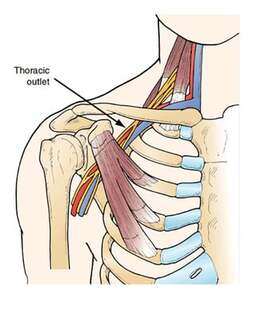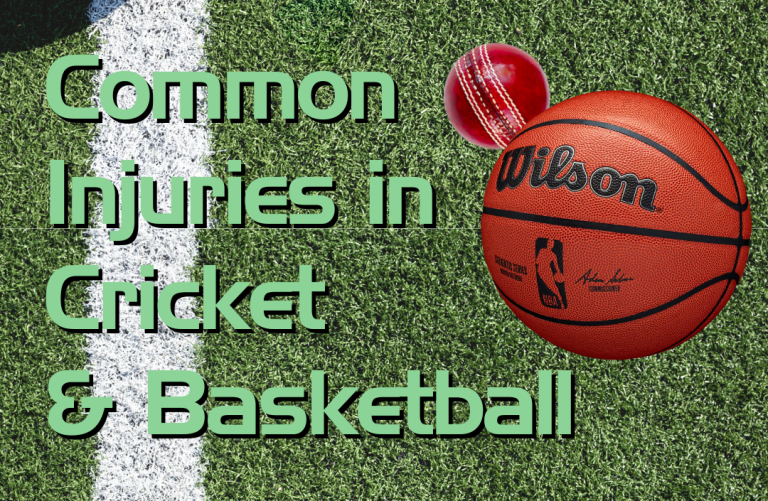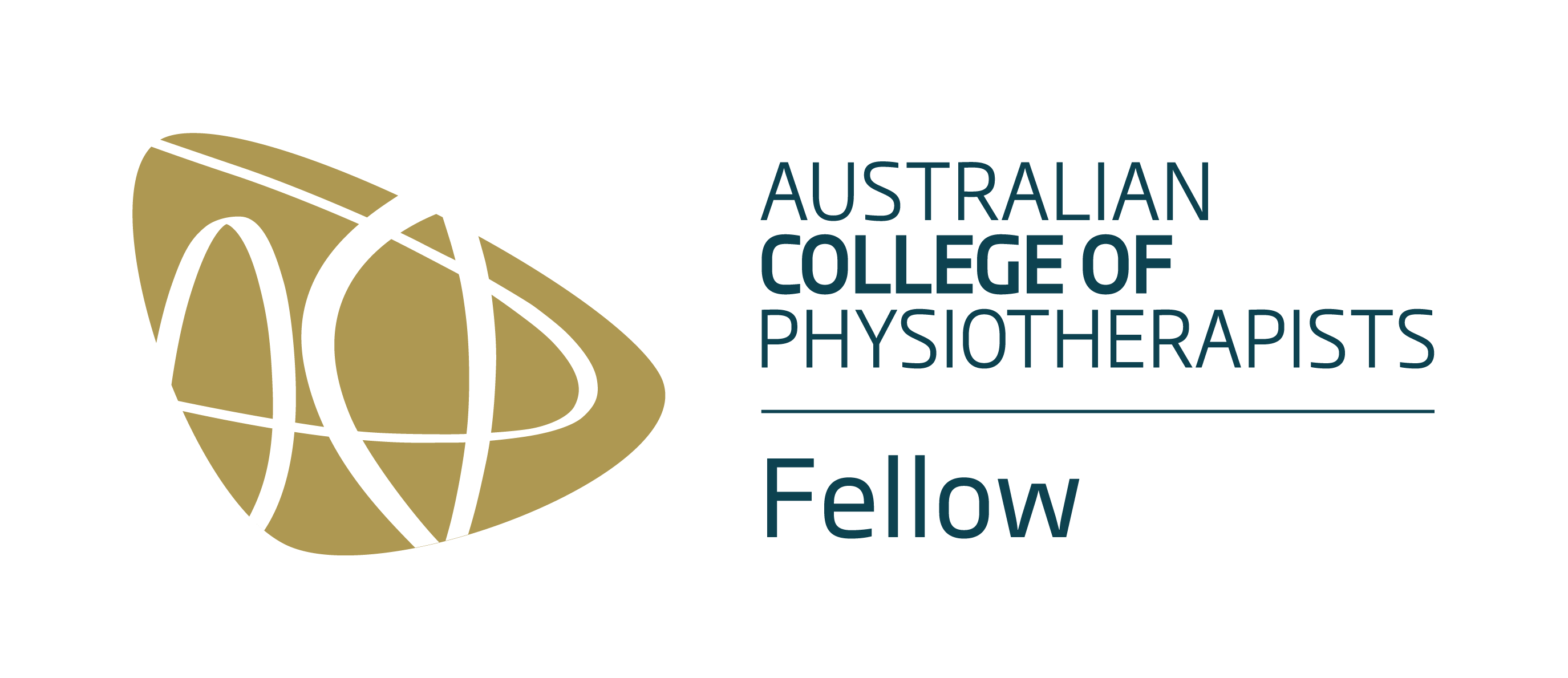
To understand TOS first we must understand what the thoracic outlet is, and what passes through it. The thoracic outlet is a passageway between the neck and the shoulder and allows important things like nerves, veins and arteries to pass through. Birth defects, injuries and muscle tightness can cause compression of these structures, especially in compromising positions like neck or arm movements which can in turn cause pain.

So what’s the first step to getting it under control? Well lucky for you, you’re already halfway there! The first step includes education and understanding the syndrome, from there identifying triggers and contributing factors will be a key component.
A tailored assessment and treatment will find the root of the problem and address it, whether it’s a muscle imbalance, tight muscles or a postural contribution. Our anatomy knowledge is key.
When you consult with a physiotherapist, we will work with you to provide an adequate explanation of the nature and prognosis of TOS. In the early stages, we will work with you to keep you physically active and doing activities that are important to you. We will combine activity with relief manual therapy and easing position and therapeutic movements for you to do at home.
Controlling the shoulder blades and arm is important in establishing normal muscle recruitment and control in the resting position. Mastering the basics means then working on the arms away from the body and above the head where the stabilising muscles have to work harder.
Once relief has been achieved, you are taken through sports and technique drills to see you back on your A game!













